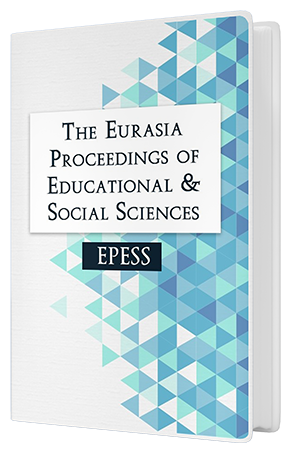Graphic Designer Profile and Professional Competence Analysis
Keywords:
Graphi designer, Advertising industry, Designer profile, Professional qualificationAbstract
Individuals start their education process with great dreams and expectations when choosing their profession. Curriculum programs of educational institutions may not always meet the sectoral demands. Or the student cannot be able to complete his / her education process with the target outcomes. Graphic design field is favoured , popular and has high expectations in postgraduate life. In this study, graphic designer profile, who works in the sector, were analyed according to the designers views and occupational competences were analyzed acording to the views of agency managers and owners. In this context, analysis of the data were done according to the questionnaires applied to 53 designers and 15 agency managers who provide graphic design services in Ankara province. From this point of view, the research is a descriptive study in the general survey model. A questionnaire including of 24 questions to the participatory designers and 15 questions to the managers was applied. According to findings; it has been revealed that a large majority of graphic designers working on the Ankara advertising market are postgraduate designers, their working schedules are very likely to each other, the softwares they use are similar and they don’t have too much problems about payments and work disciplines. But they can’t have time for social and educational activities because of the density of working hours. According to the opinions of agency owners, although the designers have a sufficient level of designing run and workflow, they are not particularly good at the process of printing and post-printing.Downloads
Published
Issue
Section
License
Copyright (c) 2018 The Eurasia Proceedings of Educational and Social Sciences

This work is licensed under a Creative Commons Attribution-NonCommercial-ShareAlike 4.0 International License.
The articles may be used for research, teaching, and private study purposes. Any substantial or systematic reproduction, redistribution, reselling, loan, sub-licensing, systematic supply, or distribution in any form to anyone is expressly forbidden. Authors alone are responsible for the contents of their articles. The journal owns the copyright of the articles. The publisher shall not be liable for any loss, actions, claims, proceedings, demand, or costs or damages whatsoever or howsoever caused arising directly or indirectly in connection with or arising out of the use of the research material. All authors are requested to disclose any actual or potential conflict of interest including any financial, personal or other relationships with other people or organizations regarding the submitted work.




